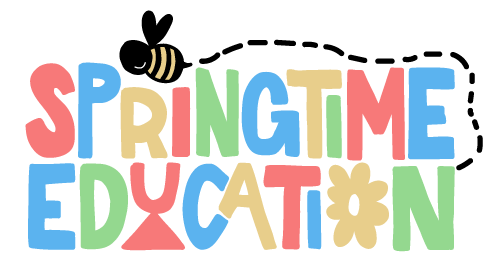Sign language is a powerful tool that can help deaf and hard-of-hearing individuals to communicate with the world around them. However, it’s not just limited to those who are deaf or hard-of-hearing – anyone can learn sign language, and it can be a great way to improve communication and build connections with others. Learning sign language with your child can be a fun and rewarding experience, and it’s never too early to start. In this blog post, we’ll explore some tips and resources for learning sign language at home with your child.
Start with the basics
If you’re new to sign language, it’s best to start with the basics. Focus on learning the alphabet, numbers, and common greetings. These are the building blocks of sign language, and once you’ve mastered them, you can move on to more complex phrases and sentences.
Flashcards can be a great way to learn the basics. Look for flashcard sets that are designed specifically for sign language, such as ‘The Basics’ Sign Language flash cards that include alphabet, numbers, and greetings. You can also create your own flashcards using index cards or paper.
Use videos and online resources
There are many resources available online that can help you and your child learn sign language. YouTube has a wide selection of sign language videos, ranging from basic lessons to more advanced topics. Look for videos that are specifically designed for children, as these will be more engaging and interactive. We particularly like the Auslan Signbank for an up to date Australian Sign Language Dictionary that shows different regional dialects or Sign ASL for a comprehensive view on American Sign Language.
Online courses can also be a great way to learn sign language. Some popular online courses include American Sign Language University (ASLU) and Sign Language 101 for ASL. These courses offer comprehensive lessons and tutorials, as well as quizzes and tests to track your progress.
Practice regularly
Learning sign language takes practice, and it’s important to practice regularly to improve your skills. Set aside time each day to practice sign language with your child. This can be as little as 10-15 minutes per day, but consistency is key.
Practice can take many forms, such as signing along to songs, practicing conversations, or using flashcards to quiz each other. Whatever method you choose, make sure it’s fun and engaging for both you and your child.
Join a community
Learning sign language can be a great way to connect with others in the deaf and hard-of-hearing community. Look for local sign language classes or events, or join online communities and forums where you can connect with others who are learning sign language.
By joining a community, you and your child can practice your sign language skills in a supportive and encouraging environment. You can also learn about deaf culture and the challenges faced by those who are deaf or hard-of-hearing.

